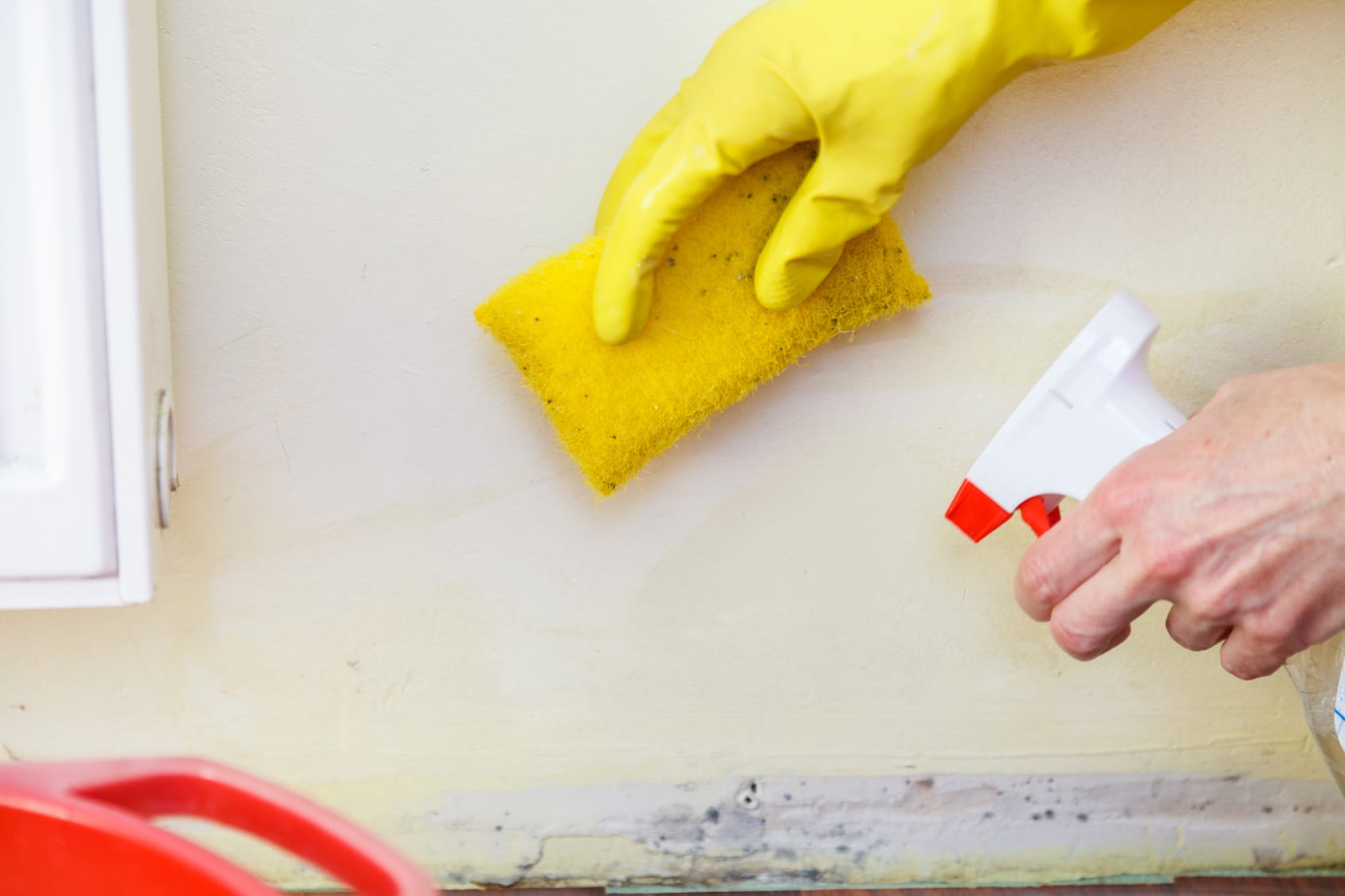After Mold Remediation Techniques for Clean Rooms
Wiki Article
Your Ultimate Guide to Article Mold And Mildew Remediation Techniques
Navigating the world of post-mold removal methods is a careful procedure that demands attention to detail and a thorough understanding of the ins and outs entailed. In the after-effects of mold and mildew infestation, recognizing just how to successfully get rid of the mold and stop its reoccurrence is paramount for maintaining a healthy indoor atmosphere. From selecting the best cleansing and sanitizing approaches to implementing approaches for lasting mold prevention, each action in the remediation trip plays a crucial duty in guaranteeing a successful result. As we begin on this exploration of post-mold removal methods, we will uncover the essential strategies and best practices that can help you recover your room to its pre-mold condition and guard it against future mold hazards.Comprehending Post-Mold Removal Refine
After finishing the mold and mildew remediation process, it is important to comprehend the post-mold remediation techniques that are required to ensure a extensive and efficient clean-up. As soon as the mold has been removed, the following action includes cleaning and decontaminating the influenced locations to avoid any type of regrowth of mold. This consists of making use of specialized cleansing agents to wipe down surfaces and eliminate any kind of remaining mold spores. It is vital to dry out the area entirely to dissuade the growth of mold and mildew in the future (what to do after mold remediation). Appropriate ventilation and dehumidification can assist in this process.
Additionally, carrying out a final inspection post-remediation is important to guarantee that all mold has actually been efficiently gotten rid of. If the examination discloses any kind of remaining mold, additional removal might be needed.
Efficient Cleaning and Disinfecting Approaches

Protecting Against Future Mold Development

Relevance of Appropriate Ventilation
Appropriate ventilation plays a critical duty in stopping moisture build-up, a crucial variable in mold growth within indoor settings. Efficient ventilation systems aid get rid of excess humidity from the air, decreasing the chances of mold and mildew spores finding the wetness they need to spread and sprout. Without sufficient air flow, indoor areas can become a reproduction ground for mold and mildew, causing potential health and wellness threats and structural damages.By making sure correct air flow, air flow systems can also assist in drying out moist locations much more quickly after water damages or flooding cases, even more deterring mold development. Post Mold Remediation. In areas like restrooms, attic rooms, kitchens, and basements where dampness degrees often tend to be higher, installing and maintaining effective ventilation systems is important in stopping mold and mildew problems

Surveillance and Maintenance Tips
Given the crucial duty that appropriate ventilation plays in preventing mold and mildew growth, it is important to develop efficient monitoring and upkeep suggestions to ensure the ongoing functionality of air flow systems. Regular examinations of ventilation systems should be carried out to check for any kind of indications of blockages, leakages, or malfunctions that can hinder proper air movement. Monitoring moisture levels within the building is likewise essential, as high moisture can add to mold and mildew growth. Setting up a hygrometer can assist track moisture degrees and alert home owners to any spikes that might call for attention. In addition, ensuring that air filters are on a regular basis cleaned or replaced is crucial for maintaining the effectiveness of the air flow system. Implementing a routine for regular upkeep tasks, such as duct cleansing and heating and cooling system assessments, can aid prevent concerns prior to they rise. By remaining mindful and aggressive to the condition of air flow systems, home owners can effectively alleviate the threat of mold and mildew regrowth and keep a healthy and balanced indoor environment.
Final Thought
To conclude, post-mold remediation strategies are crucial for making sure a risk-free and clean environment. Recognizing the process, implementing effective cleansing and sanitizing methods, protecting against future mold growth, keeping appropriate air flow, and routine monitoring are all crucial action in the remediation process. check my blog By adhering to these guidelines, you can efficiently remove mold and mildew and prevent its return, promoting a see here now healthy and balanced living or working space for all passengers.In the after-effects of mold and mildew infestation, recognizing how to properly eliminate the mold and mildew and prevent its reoccurrence is critical for maintaining a healthy and balanced interior environment. As soon as the mold has been gotten rid of, the next step entails cleaning and sanitizing the influenced areas to stop any regrowth of mold - Post Mold Remediation. After eliminating noticeable mold and mildew development, it is essential to clean up all surface areas in the damaged area to eliminate any type of continuing to be mold and mildew spores. To further enhance mold avoidance actions, it is important to attend to underlying concerns that initially led to mold development.Given the vital function that correct air flow plays in avoiding mold development, it is essential to establish efficient tracking and maintenance ideas to make sure the ongoing capability of air flow systems
Report this wiki page